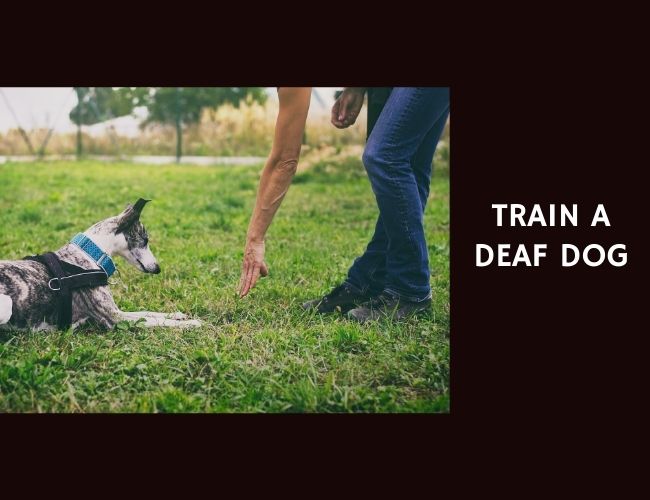Domestication has not only shaped dogs’ behavior but also their facial anatomy. A study published in April 2017 in The FASEB Journal compared the gross and micro-anatomy of facial musculature between domestic dogs and wolves to investigate how structural differences may support communication and social interaction.
Dissections of six dog heads and five wolf heads (four gray wolves and one red wolf) revealed overall similarities in musculature, but with notable differences. Domestic dogs consistently possessed the levator anguli occuli medialis and retractor anguli occuli lateralis muscles, whereas wolves showed variability in their presence and size. These muscles are linked to movements around the eyes, a region important for expressive signaling.
Dogs also displayed more robust facial vibrissae in the zygomatic region and stronger associated musculature compared to wolves. Microanatomical analysis showed a thicker layer of connective tissue between the skin and muscle in dogs, resembling an early form of the superficial musculoaponeurotic system (SMAS), which in primates is associated with increased facial mobility.
Histochemical analysis indicated that both dogs and wolves had facial musculature dominated by fast-twitch fibers, but dogs showed a higher proportion of slow-twitch reactivity, suggesting greater ability to sustain facial muscle contractions. This finding contrasts with later physiological studies showing dogs rely heavily on fast-twitch contraction, indicating nuanced complexity in facial muscle adaptation.
The authors concluded that these anatomical variations contribute to dogs’ enhanced facial expressiveness compared to wolves. This expressiveness, supported by tools such as DogFACS and WolfFACS coding systems, highlights how domestication shaped canine anatomy to facilitate non-verbal communication with humans.
Source: Burrows, A., Diogo, R., Waller, B., & Kaminski, J. The FASEB Journal, April 2017.










